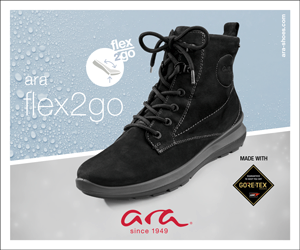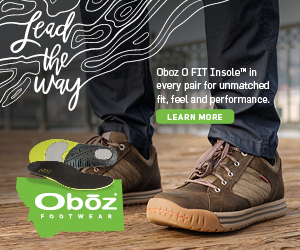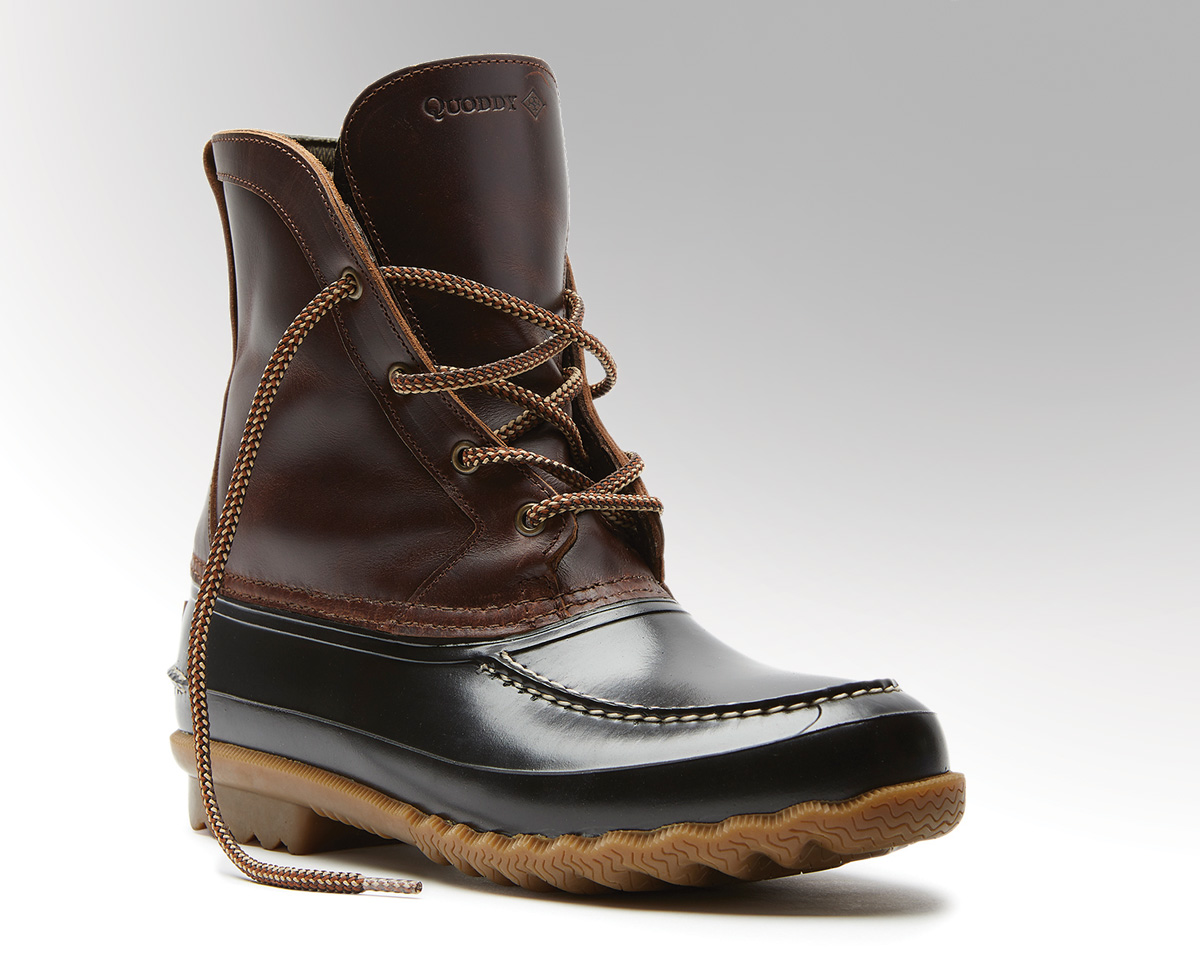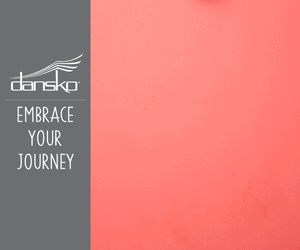Work Horses
The century-old Maine shoemakers are thriving in today’s market. Here’s how.
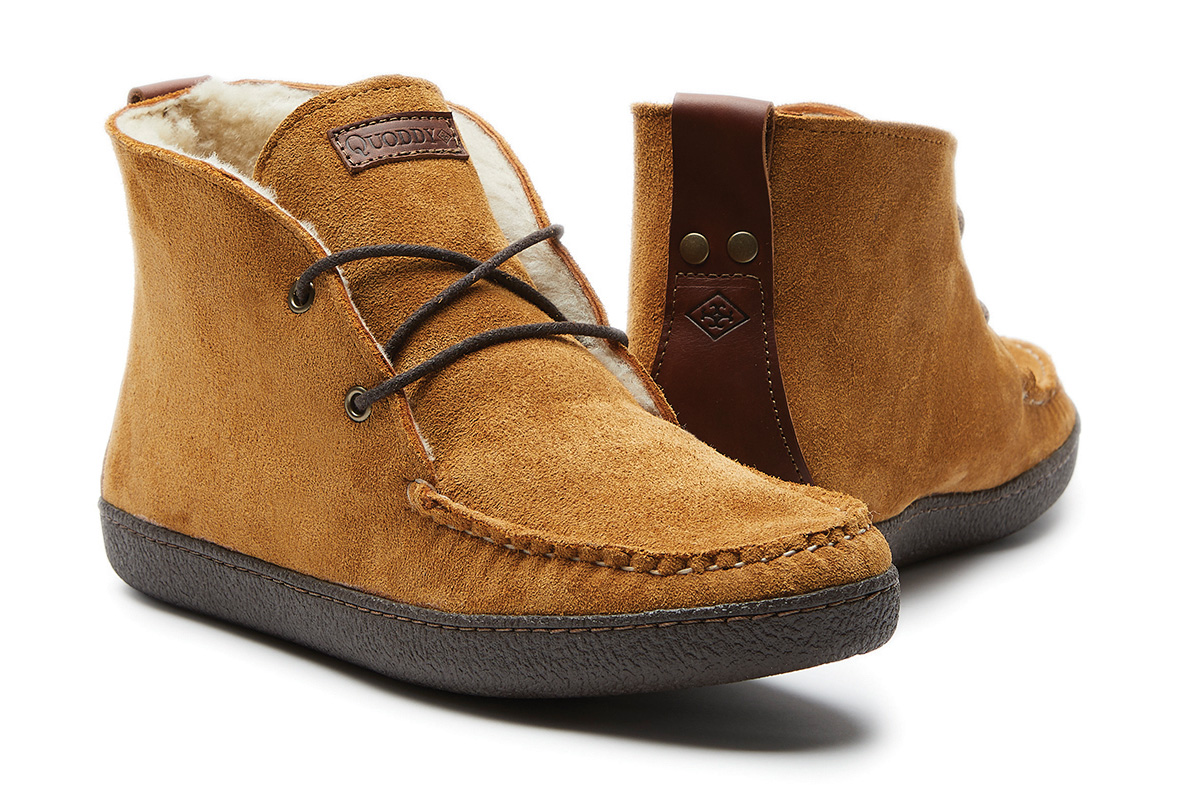
Quoddy Huggeur Chukka, $279.
January/February 2019 • By Jennifer Ernst Beaudry
Quoddy has been hand-stitching shoes in Lewiston, ME, since 1909, but its heritage shoes are hotter than ever. The brand has a thriving DTC business online, as well as distribution in some of the world’s most fashion-forward boutiques, including Matches Fashion, SHIPS Japan and Mr. Porter. And according to CEO John Andreliunas, Quoddy’s strategy of melding old and new is projected to grow 30 percent this year.
“The last few years have been quite a shake out in the industry, especially from the distribution point of view,” Andreliunas says. “The consumer is in complete control now; they don’t have to use the silos and the categories that were traditionally set up by retailers and brands. Younger shoppers, they do what they want. And it changes everything.”
It’s certainly changed Quoddy’s strategy, he says.
“We’ve taken a hybrid approach,” he says. “We’re a heritage brand from Maine, but we’ve adopted a business model that’s much more forward-thinking.” Here, Andreliunas shares the four key lessons that are keeping Quoddy growing.
1. Do What You’re Good At
Sticking with the handmade model in a world gone sneaker-crazy might seem like a missed opportunity, but Andreliunas says the brand knows where it fits.
“It’s been a big sea change over last 10 years. Sneakers ate the world — they took over people’s lifestyle choices and that’s a fact. And [the pre-sneaker days] are not going to come back,” he says. “So what does that mean for a handmade brand? In our case, for Fall ’19 and beyond, it’s really about creating a special product that’s purposeful. If consumers are interested in sneakers they’ll fill up their closet. A brand like ours is more interested in your mudroom.”
Positioning themselves that way gives them a story to tell that still feels current.
“We’re for what you do in your off-time, weekends and holidays, it’s about gearing up to get away from that hectic city world.”
2. Think Small
Quoddy has a saying: “We measure in dozens, not thousands.” And while building one at a time is a no-brainer when you’re shipping to individual customers, Andreliunas says it works for retail customers, too. “If we can do it for a single customer, it’s no issue for a retail customer,” he says. Building small assortments tailor-made for each retailer lets them make sure they’re delivering the right product at the right time, he says. “Who knows their customers better than the retailer? We’re not pushing what we want to make, we’re collaborating on an assortment that they think will work with their consumer.”
Quoddy Field Boot, $349.
3. Know When To Swerve
Sometimes, though, it’s good to push the boundaries. Andreliunas says that given the narrowness of the holiday-giving window, the brand does something against its normal policies. “We inventory slippers, since we had data to forecast with and it allows us to work in the compressed timeframe,” he says. “It’s about adapting yourself to an opportunity and a situation.” But, he cautions, it’s not a new business model: “It’s not going to be every product.”
4. Give ’Em Something Different
In an Amazon Prime world, the gap between product ordering and product delivery can actually be an advantage, Andreliunas says — if it’s part of the overall experience.
“I think it’s always been the case that the best retailers offer an experience that’s more than, ‘Yes we have size 9.5,’” he says. “The waiting period is part of the process. If you order something custom made and it shows up two days later, you think, ‘Did you really make this for me?’” Making sure the whole process is a unique (and enjoyable) experience helps the brand stand out, he says. “I’m convinced that while of course they like the product, they like the way of buying it at the end the day. The product has to deliver, but people are not only interested in the product you have, they’re interested in what the experience is that you are going to deliver to them. Otherwise, you’re just like anybody else.”







